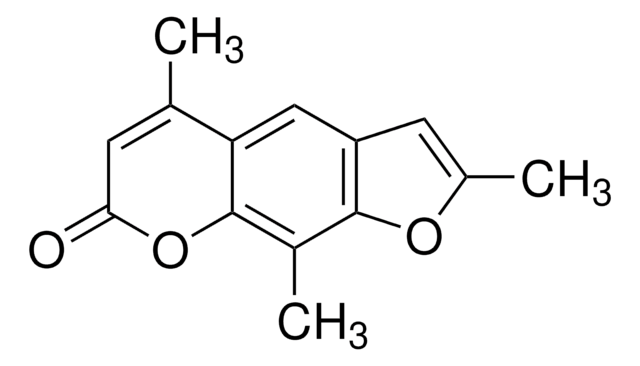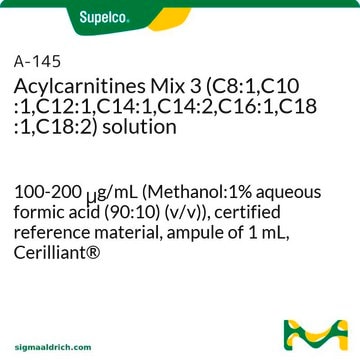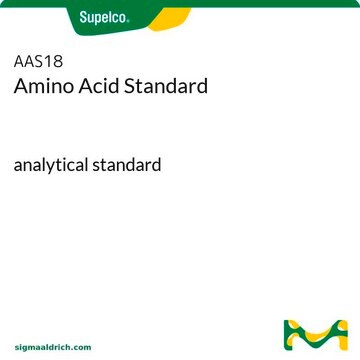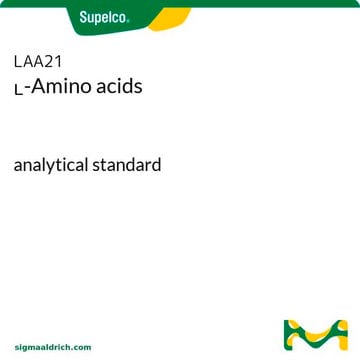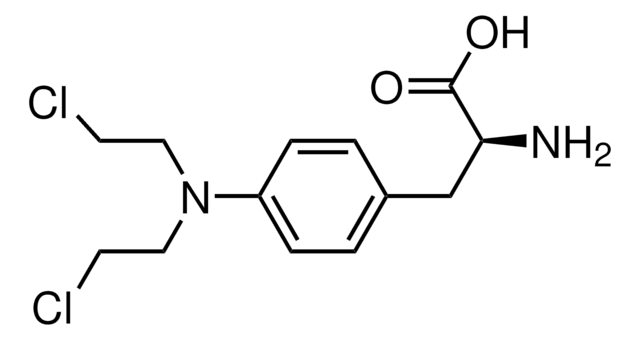A4330
4′-Aminomethyltrioxsalen hydrochloride
Synonym(s):
4′-Aminomethyl-4,5′,8-trimethylpsoralen hydrochloride
Select a Size
About This Item
Recommended Products
form
powder
Quality Level
solubility
H2O: 1 mg/mL
DMSO: 2 mg/mL
Storage temp.
2-8°C
SMILES string
CC1=CC(=O)Oc2c(C)c3oc(C)c(CN)c3cc12
InChI
1S/C15H15NO3/c1-7-4-13(17)19-14-8(2)15-11(5-10(7)14)12(6-16)9(3)18-15/h4-5H,6,16H2,1-3H3
Inchi Key
WBIICVGYYRRURR-UHFFFAOYSA-N
Application
Biochem/physiol Actions
Features and Benefits
signalword
Danger
Hazard Classifications
Acute Tox. 4 Oral - Carc. 2 - Skin Corr. 1B
Storage Class
8A - Combustible corrosive hazardous materials
wgk_germany
WGK 3
flash_point_f
Not applicable
flash_point_c
Not applicable
ppe
Eyeshields, Faceshields, Gloves, type P3 (EN 143) respirator cartridges
Choose from one of the most recent versions:
Certificates of Analysis (COA)
Don't see the Right Version?
If you require a particular version, you can look up a specific certificate by the Lot or Batch number.
Already Own This Product?
Find documentation for the products that you have recently purchased in the Document Library.
Customers Also Viewed
Articles
DNA damage and repair mechanism is vital for maintaining DNA integrity. Damage to cellular DNA is involved in mutagenesis, the development of cancer among others.
Apoptosis regulation involves multiple pathways and molecules for cellular homeostasis.
Cell cycle phases (G1, S, G2, M) regulate cell growth, DNA replication, and division in proliferating cells.
Active Filters
Our team of scientists has experience in all areas of research including Life Science, Material Science, Chemical Synthesis, Chromatography, Analytical and many others.
Contact Technical Service
